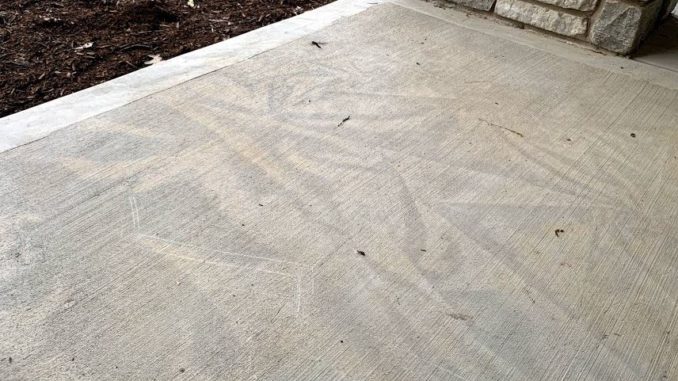
A few months ago, a buddy of mine who I play hockey with had a problem: His newly-poured concrete porch and patio had pattern stains in the finished product. He asked me to take a look at it to see what I thought.
The basis of the story is a familiar one to those of us who work in northern regions of the US: The hot & dry weather of August & September seems to turn cold & wet in October & November overnight. Work needs to get done to beat the coming winter weather, and extra efforts are usually required to install work, sometimes in less-than favorable conditions.
Go or No-Go
My buddy’s concrete subcontractor was in the fall weather predicament: Cold evening temperatures and a chance of overnight precipitation. The contractor made the decision to move forward and pour the front and rear patios. When the concrete crew was done with the pour, they covered the concrete with plastic sheeting (known in the industry as “visquene”).
Covering the concrete is the correct course-of-action for cold and/or wet conditions: Visquene both protects the concrete from the cold by helping to keep the heat it is generating during cement hydration as well as provides curing protection by preventing the concrete surface from drying out. However, problems can arise when the plastic is applied too early, when finishing & late bleed water are still present on the surface. When the visquene makes localized contact with a “still wet” surface, the moisture coagulates with the contact surfaces of the visquene, but if there are adjacent areas where the visquene is not in full-contact, air pockets will exist. Because the moisture is causing the surface to dry at different rates, what results is a mottled finish, where contact and non-contact surfaces have, essentially, two different finished surfaces resulting in two distinct, visible shading variations.
While there is no likely quality issue in either of the finishes, the aesthetics are very noticeable:
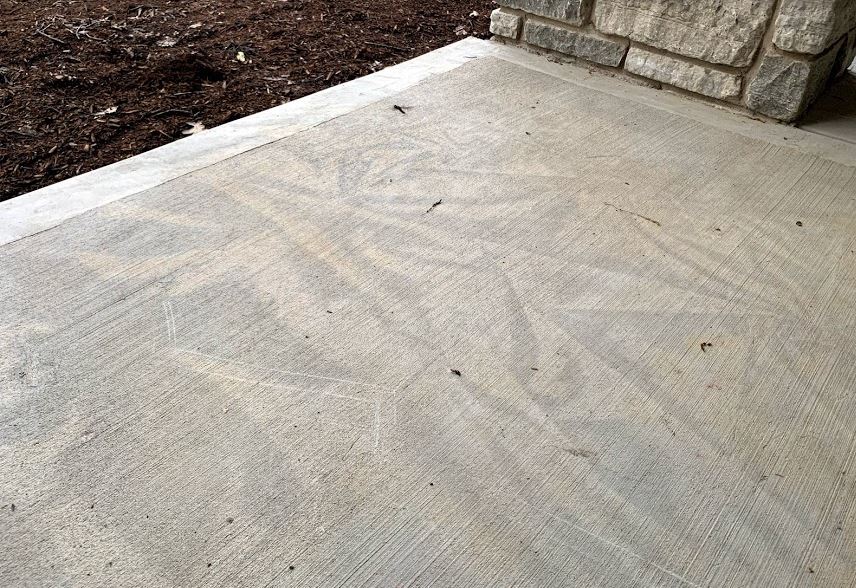

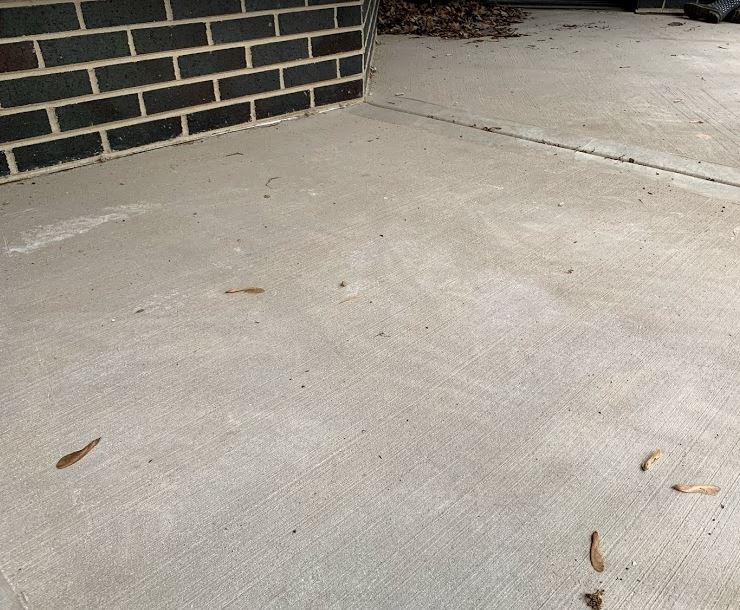
Certainly, in a parking lot or roadway/highway/bridge scenario where function might be more of the priority, this condition might be acceptable. But, when your concrete serves both a function AND aesthetics, this is not something you want in your finished product.
Possible Solutions
Unfortunately, there isn’t any real after-market solutions that can be implemented to get rid of the mottled finish:
- Because the concrete has some broom-dragged texture to it, grinding or polishing the surface is difficult to do to maintain an even look, and the grinding will remove the texture & slip-resistance that it was originally installed for.
- Stains & sealers may not be a good solution either since the stain will not be absorbed evenly into the concrete due to the differences in the density/porosity in the surface where the visquene made, or did not make, contact with the wet concrete surface.
- A pigmented stain can be used, but the aggressiveness of color variation required to cover the mottled finish will require a significant altering of the concrete color and might not be what you want aesthetically in your finished product.
I stumbled across an excellent post that tells the same story:

And if you’re interested in reading an article on the differences between dyes & stains, this is a good one:

After Actions
Bottom Line: If you are installing concrete that has an aesthetic quality to it, make sure you talk to your contractor about how he will be finishing, curing and covering/protecting it, especially if less than desirable weather is expected. Sometimes, the best course-of-action is to wait until more-favorable weather conditions are available. Although that might not be the best scenario for your job schedule, it may be the right call to give you the finished product you desire.


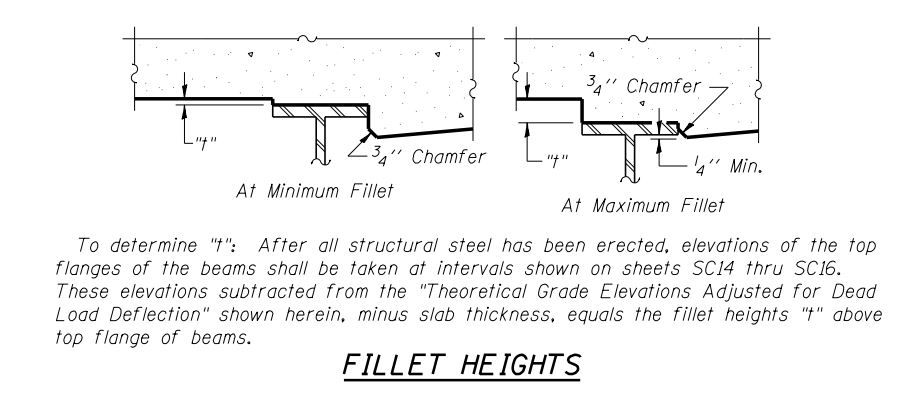
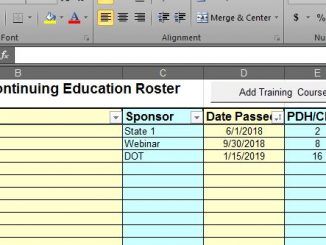
Try using a good quality white plastic, it should drastically reduce the appearance of these stains.
Also
The good news is these color variations typically fade pretty quickly, typically gone in a year or so and your properly cure concrete should last another 50.
This is a valuable reminder about the importance of proper curing techniques for concrete, especially the potential drawbacks of using plastic sheeting too early. I appreciate the breakdown of the process and the emphasis on considering weather conditions.
The article mentions that late bleed water can be an issue when applying plastic too early. Could you elaborate on this a bit more? Are there any visual cues to look for that would indicate the presence of late bleed water on the concrete surface?
Thanks, Richland. The concrete vibration/consolidation process can bring mix liquid to the surface. Usually, you’ll see it after the concrete has been placed & initially vibrated, the surface will have a wet sheen appearance. Finishers like a wetter surface since it makes the effort of floating the concrete easier, but the drawback is that you don’t want to have an excess of water/cement paste as the skin of your surface, you want it to have the aggregates incorporated, else you run the risk of the surface scaling.
It’s a delicate balance of timing: Getting the mix vibrated, finished & covered is an art, there are so many variables to contend with. I have so much respect for concrete professionals who have the understanding of concrete behavior. I love being around crews who know their craft, there’s always something to learn from them!